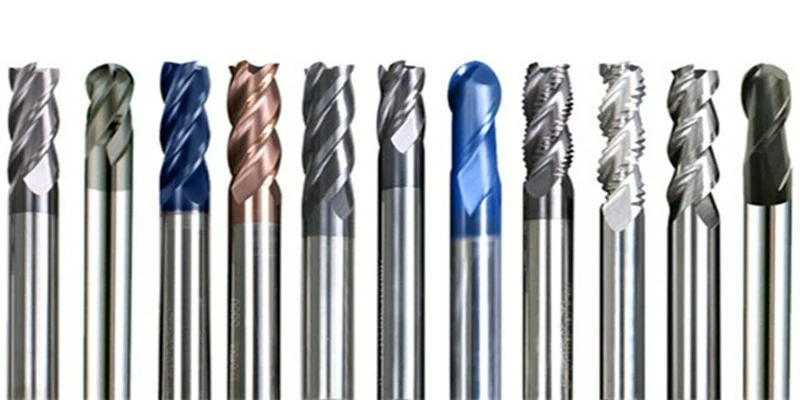CNC three-axis machining of aluminum parts bevel tips
CNC (Computer Numerical Control) three-axis machining is an advanced manufacturing technique that utilizes computerized controls to guide the movement of cutting tools in order to shape and create precise metal parts. When it comes to machining aluminum parts, beveling is a crucial step that enhances the functionality and aesthetics of the final product. In this article, we will discuss some important tips for achieving high-quality bevels in CNC three-axis machining of aluminum parts.
Firstly, it is essential to choose the right tool for beveling. Aluminum is a relatively soft material compared to other metals, so using a high-speed steel (HSS) or carbide tool is recommended. These types of tools are known for their durability and ability to effectively cut through aluminum without excessive wear. Additionally, selecting the appropriate geometry for the cutting edge, such as a single or double-edged angle, can help to achieve the desired bevel shape.
Secondly, proper tool positioning is key to achieving accurate and consistent bevels. The tool should be positioned at the correct angle and depth to ensure the desired bevel dimensions are achieved. Using CAD/CAM software to set the toolpath and simulate the machining process can greatly assist in visualizing the final bevel and making necessary adjustments beforehand. This will help to minimize errors and avoid costly rework.
Next, paying attention to the feed rate and spindle speed is crucial for achieving optimal bevel results. Aluminum has a tendency to generate heat during machining, which can lead to poor surface finish and tool wear. By adjusting the feed rate and spindle speed, it is possible to control the amount of heat generated. It is generally recommended to use higher spindle speeds and lower feed rates when machining aluminum to ensure efficient material removal while minimizing heat buildup.
Furthermore, coolant plays a significant role in aluminum machining. Applying a suitable coolant or lubricant can help to dissipate heat, reduce friction, and prolong tool life. For beveling operations, a water-based coolant is often preferred as it provides effective cooling without leaving residue or interfering with subsequent surface treatments. It is important to ensure that the coolant is properly distributed to the cutting area to maximize its benefits.
Lastly, post-processing steps such as deburring and surface finishing should not be overlooked. After beveling, sharp edges and burrs may be left behind, which can affect the functionality and safety of the final part. Therefore, it is important to carefully inspect the beveled edges and remove any unwanted imperfections. This can be done using deburring tools or by applying abrasive techniques like sanding or polishing. Additionally, if a specific surface finish is desired, additional steps such as anodizing or powder coating can be taken to achieve the desired appearance and protection.
In conclusion, achieving high-quality bevels in CNC three-axis machining of aluminum parts requires careful consideration of various factors. Choosing the right tool, proper tool positioning, adjusting feed rate and spindle speed, using coolant effectively, and performing post-processing steps are all crucial for obtaining accurate and visually appealing bevels. By following these tips, manufacturers can produce aluminum parts with enhanced functionality, durability, and aesthetics.
.webp)



